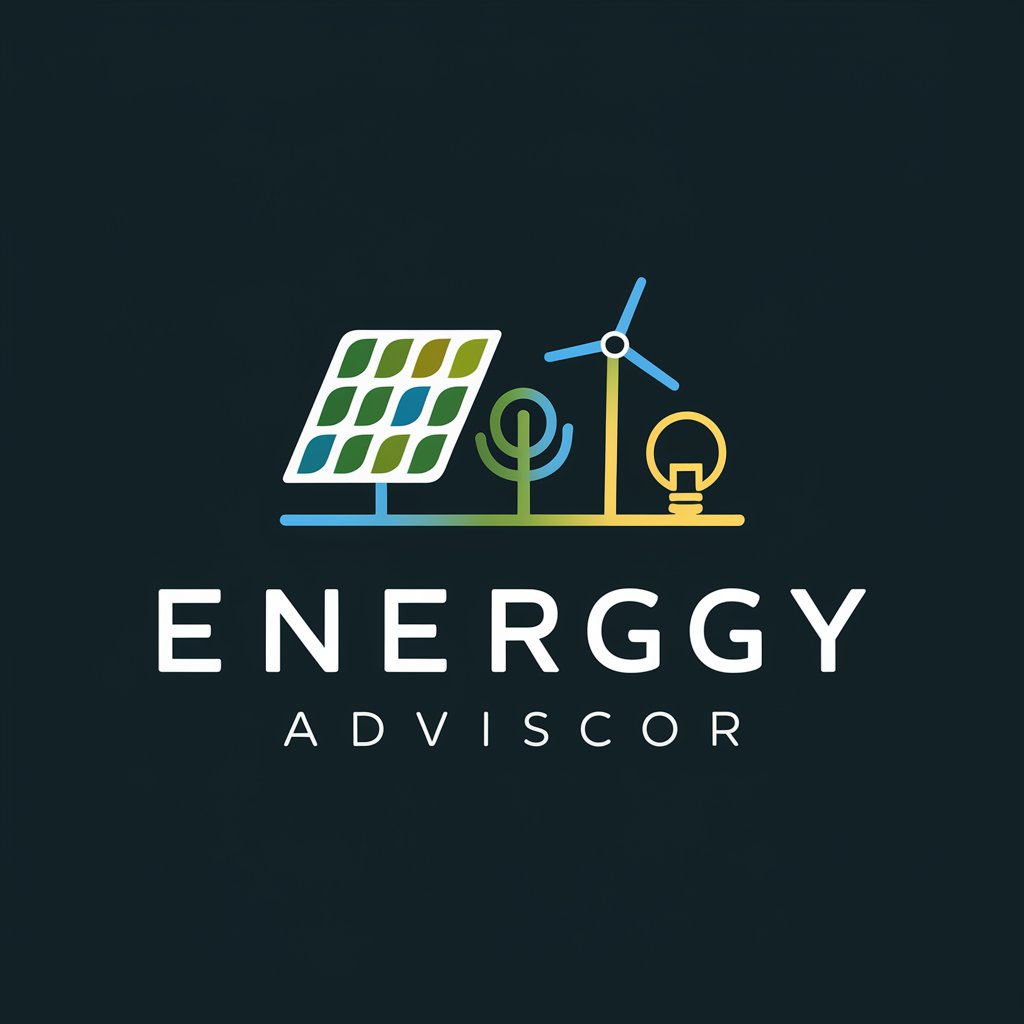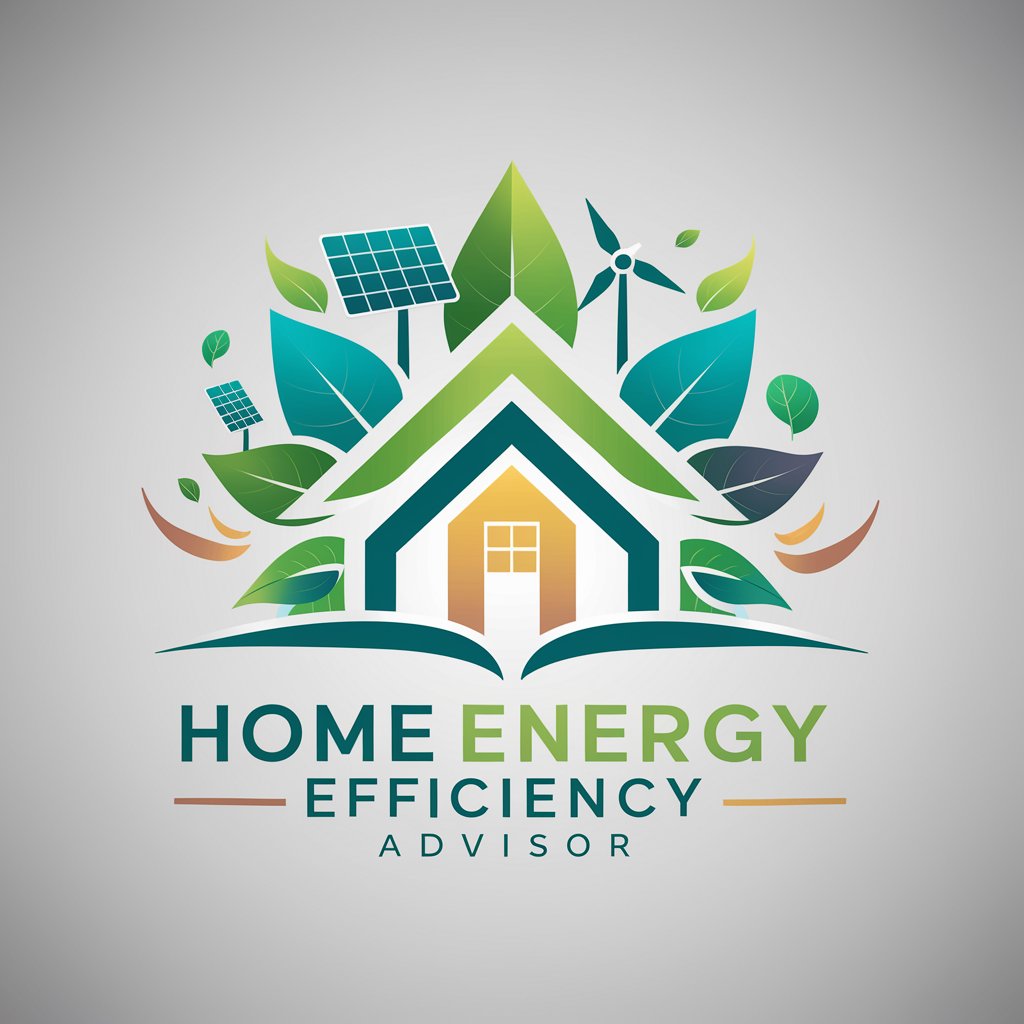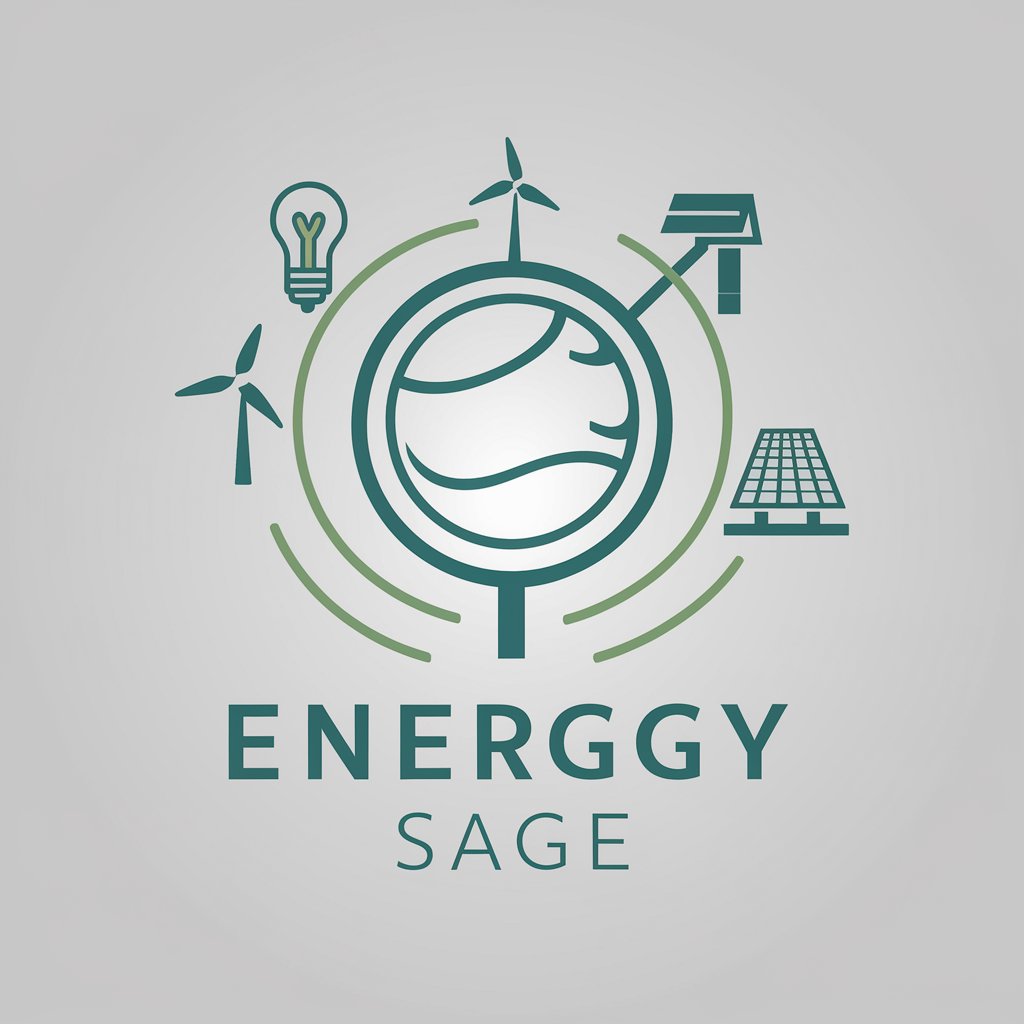
Smart Energy Planning Assistant - Energy Planning Tool
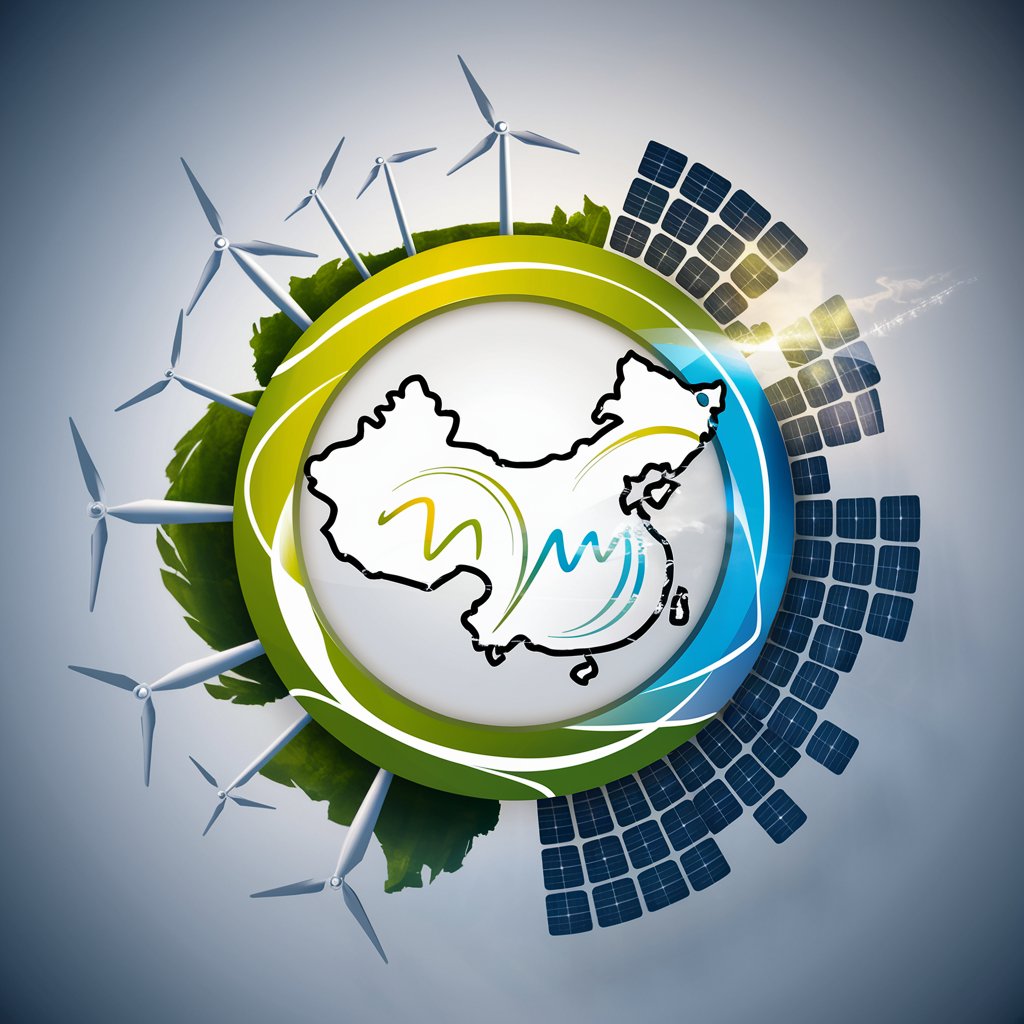
Welcome to Smart Energy Planning Assistant.
Powering urban growth with AI-driven energy strategies
Explore the latest trends in renewable energy integration within China's national spatial planning.
What are the key challenges in aligning energy policies with sustainable development goals?
Discuss the role of technological innovations in modern energy planning.
How does China's territorial spatial planning impact energy infrastructure development?
Get Embed Code
Introduction to Smart Energy Planning Assistant
The Smart Energy Planning Assistant specializes in aiding the development and management of energy-specific planning within China's national territorial spatial planning framework, particularly focused on new era energy plans. This tool is designed to facilitate integration of renewable energies, align with national policies, and promote sustainable development and technological innovations in energy planning. For instance, it helps urban planners in Guangzhou incorporate dual carbon goals into their development strategies by providing insights into urban energy transformation needs and the formulation of integrated energy plans tailored to local conditions. Powered by ChatGPT-4o。

Main Functions of Smart Energy Planning Assistant
Analysis and Planning
Example
Providing detailed analysis and planning for low-carbon transformation of urban energy systems as seen in the case of Guangzhou's Financial City, where detailed zoning and energy resource mapping were provided to guide the development of integrated energy systems.
Scenario
Assists city planners and policy makers to create detailed energy utilization maps and strategies tailored to the regional industrial landscape and resource availability.
Policy Integration
Example
Facilitating the integration of national and regional energy policies into local planning efforts, ensuring that urban developments adhere to broader sustainable energy targets. This is implemented by aligning local energy plans with China’s 'dual carbon' targets.
Scenario
Used by government agencies to update or design local energy policies that are compliant with national guidelines and to simulate the impact of these policies on local energy systems.
Project Implementation Guidance
Example
Guiding the implementation of energy projects from conceptualization to execution, ensuring compliance with environmental standards and efficiency targets. For example, guiding the setup of distributed renewable energy projects in urban centers.
Scenario
Energy companies and urban developers can use the Assistant to plan and execute energy projects that align with both local needs and national sustainability goals.
Ideal Users of Smart Energy Planning Assistant
City Planners and Urban Developers
These professionals benefit from the Assistant’s capabilities to integrate complex, multi-source data into coherent energy planning strategies that comply with sustainability and carbon neutrality goals.
Government Policy Makers
Policymakers can utilize the tool to understand the implications of national policies at the local level, craft regulations that foster sustainable urban energy systems, and monitor compliance with carbon emission standards.
Energy Companies
These entities can leverage the tool for strategic planning, optimizing the balance of energy sources, and planning expansions or retrofits of energy infrastructures to better align with emerging urban developments and regulations.

Guidelines for Using the Smart Energy Planning Assistant
Initial Step
Visit yeschat.ai for a free trial without login, also no need for ChatGPT Plus.
Step Two
Select the specific planning module that aligns with your energy sector needs, such as renewable energy integration or sustainable urban development.
Step Three
Input the relevant data or select your region to tailor the assistant’s advice to local conditions, regulations, and energy policies.
Step Four
Utilize the tool’s predictive analytics features to model energy consumption scenarios and their impacts on urban development.
Step Five
Review and apply the suggested planning strategies, leveraging the tool’s resources for implementation, including guidelines on technology adoption and policy alignment.
Try other advanced and practical GPTs
Mark and Write Essays with IELTS Master- Engonow
Enhance Your Essays with AI
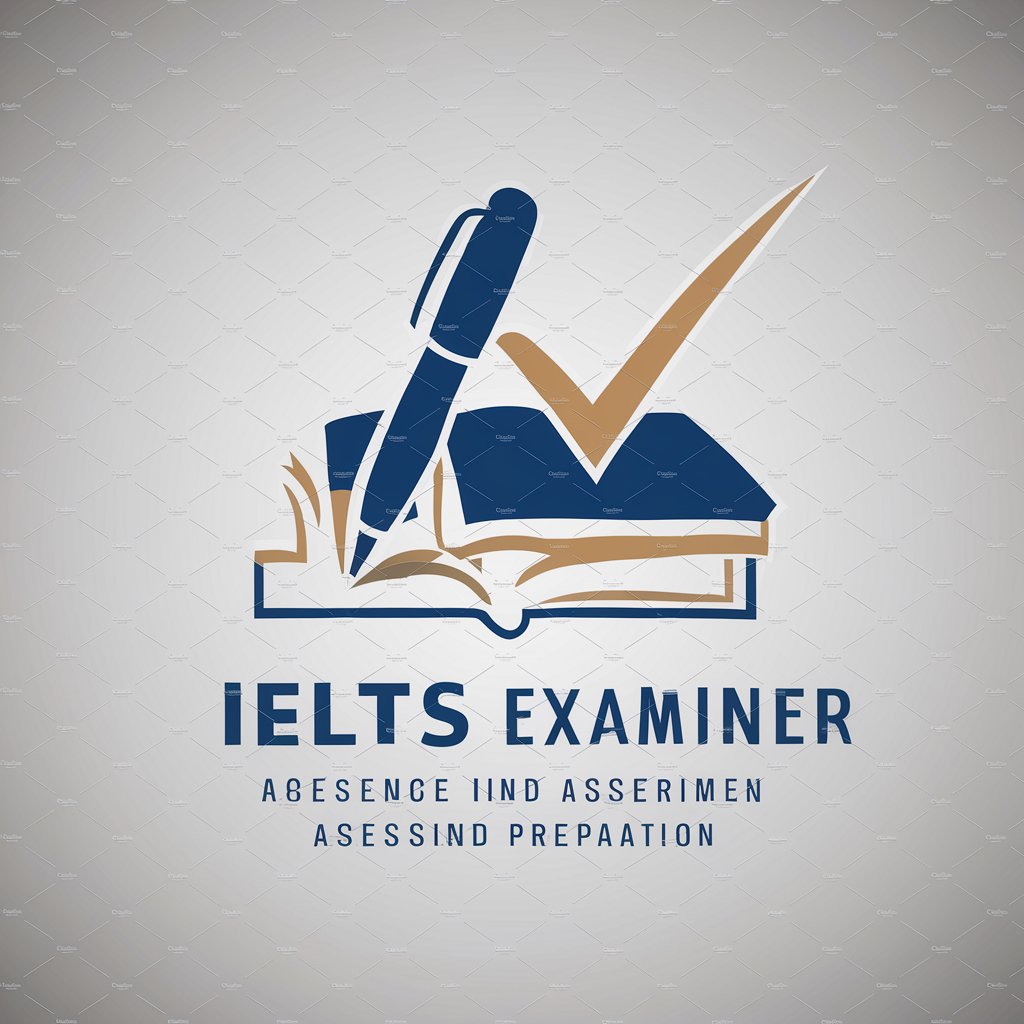
PhilosopherGPT
Explore Philosophy with AI

JIJITANG
Empowering Research with AI
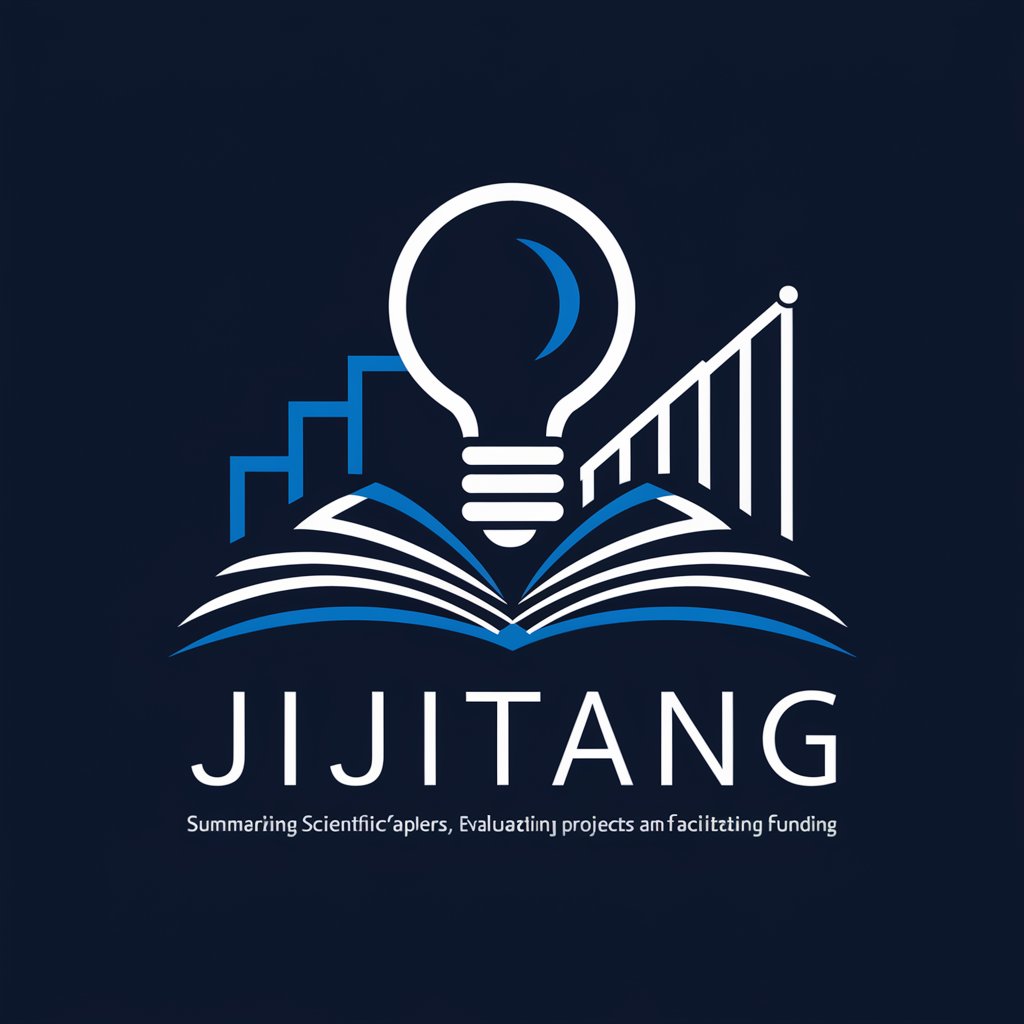
CICD Resume Evaluator
AI-driven precision for resume matching

Venture Whisperer
Empowering investment decisions with AI

IELTs Writing Expert
Enhancing IELTS writing with AI guidance.
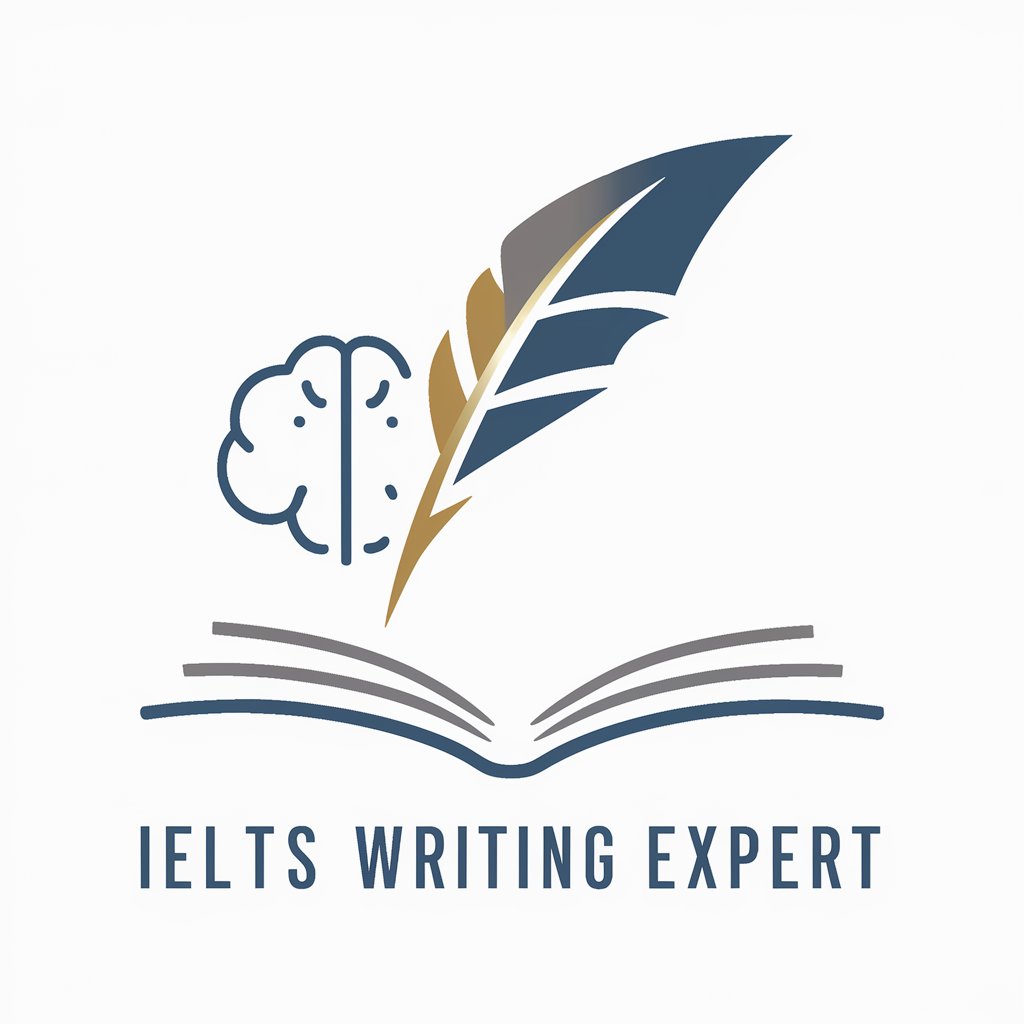
Analyste Territorial
Unraveling municipal dynamics with AI precision
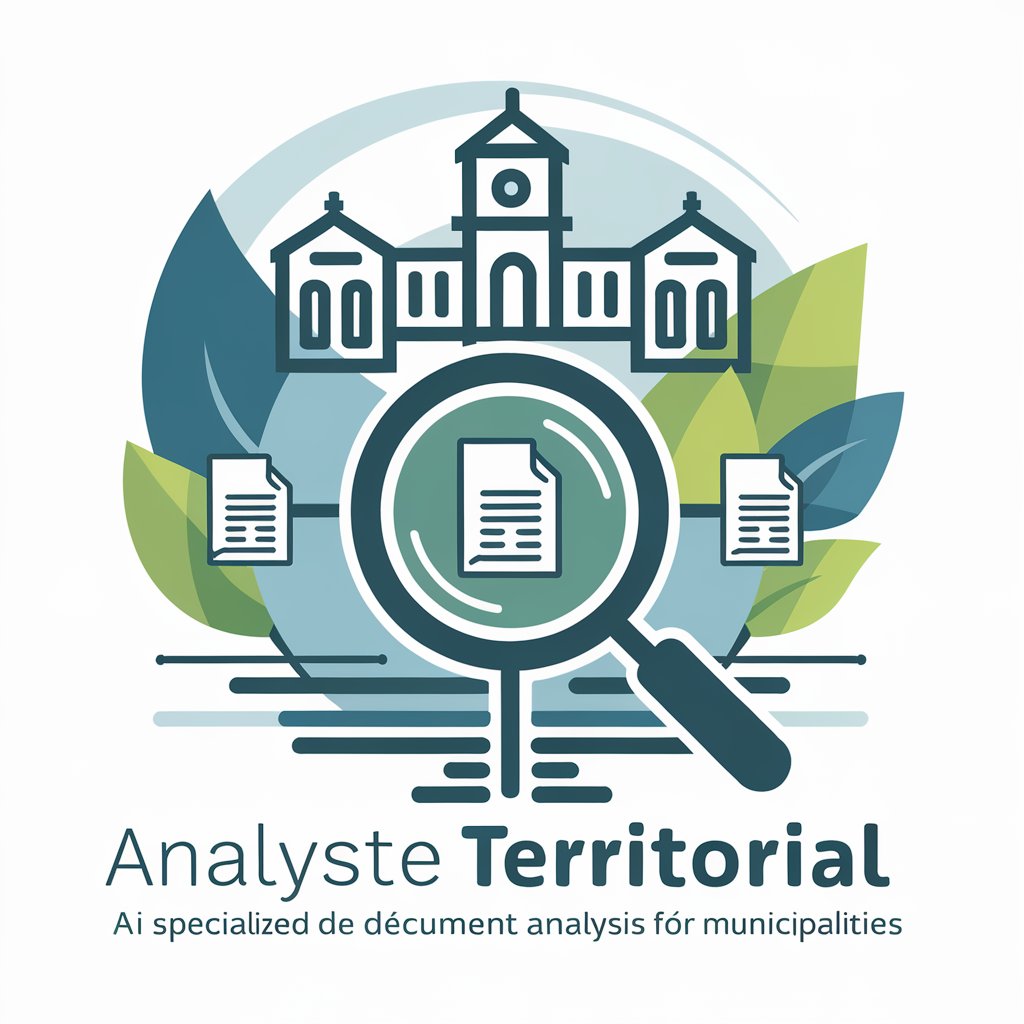
Asesor en Planificación Territorial
Innovating planning with AI-powered insights
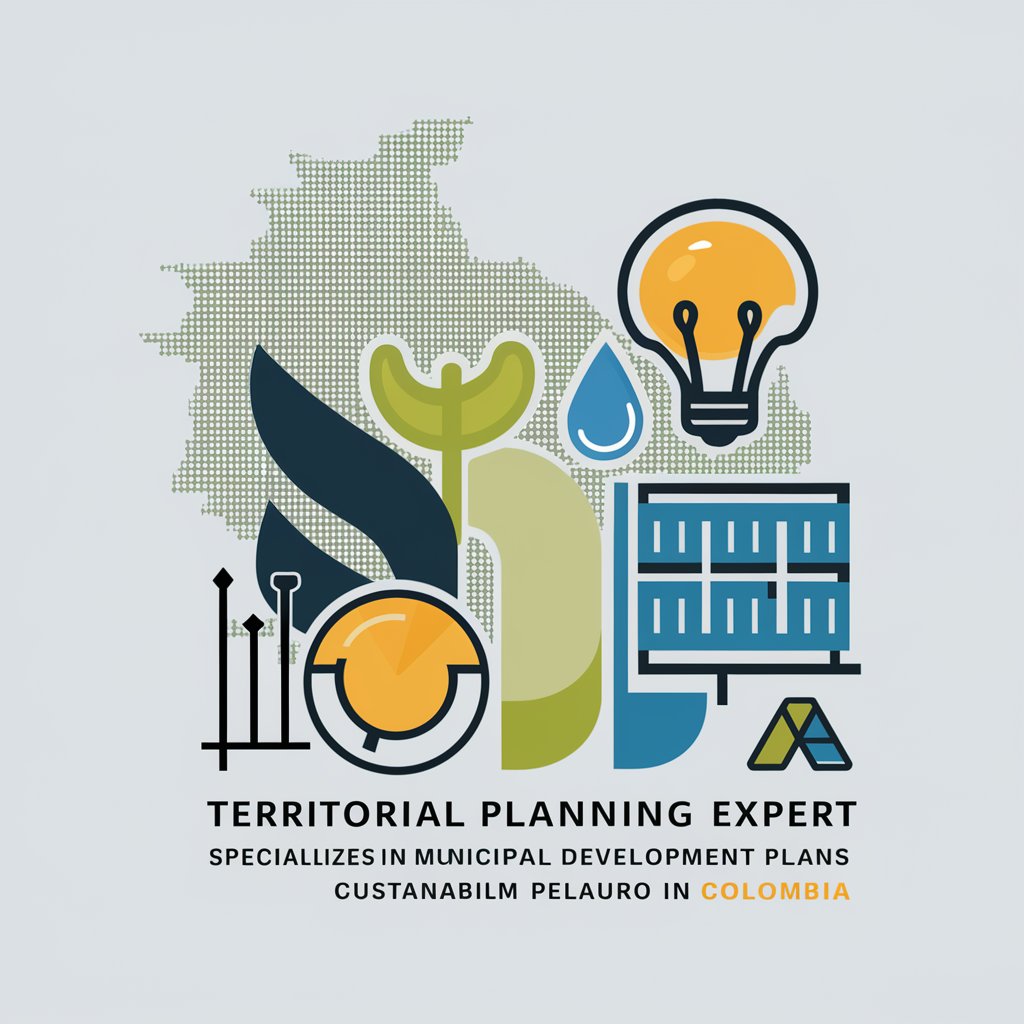
Asesor Étnico-Territorial
Powering culturally-tailored education projects
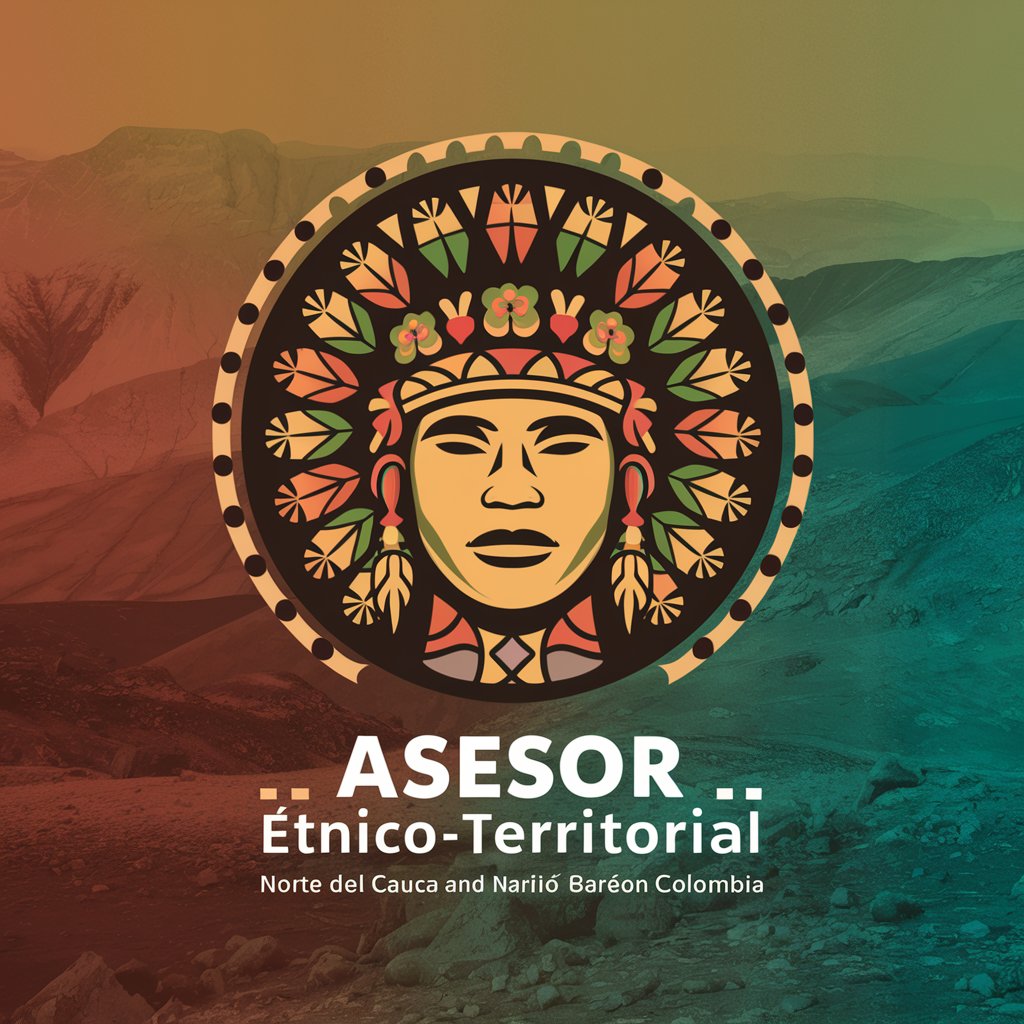
Asesor de Planificación y Ordenamiento Territorial
Navigating land use laws with AI
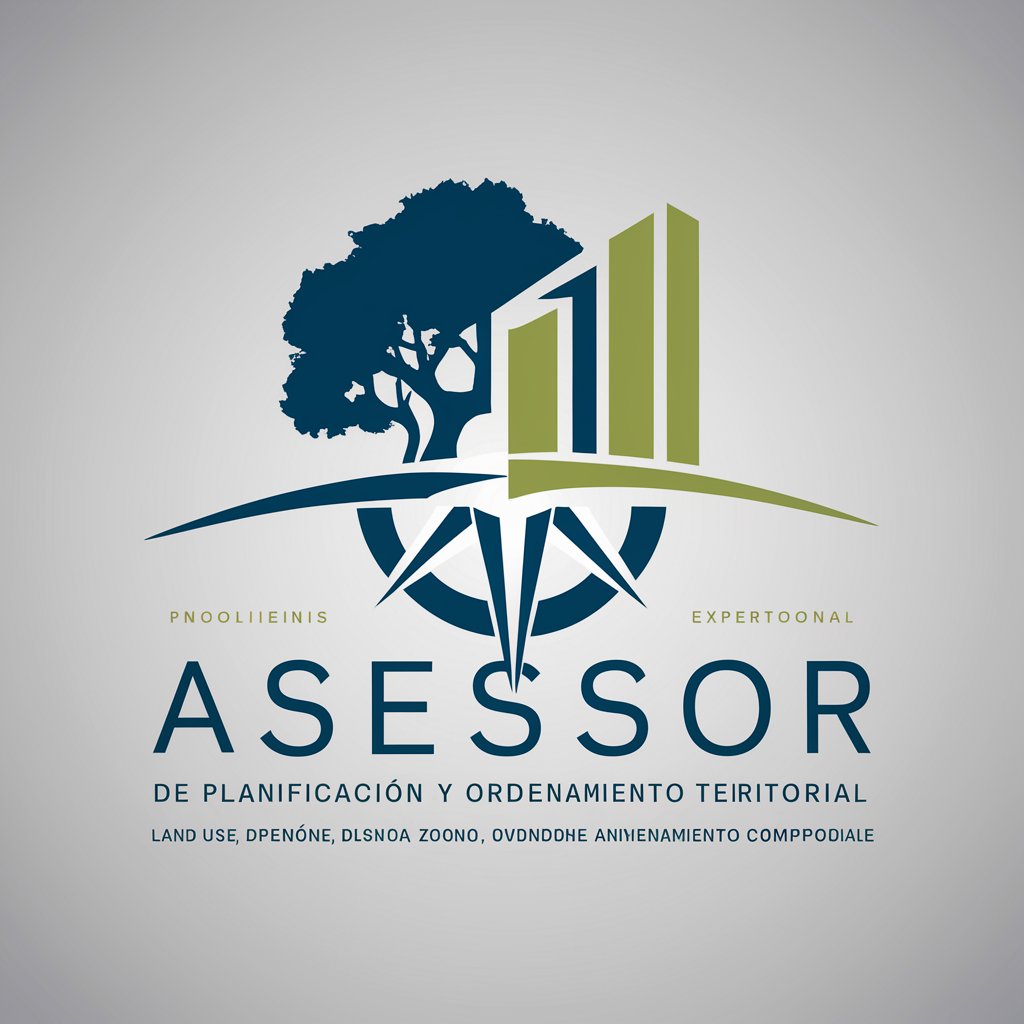
Virtual Talk Show Host
Bringing Conversations to Life with AI

Whimsical Wildlife Host
Fun Facts at Your Fingertips

Common Questions About the Smart Energy Planning Assistant
What types of energy planning can the Smart Energy Planning Assistant handle?
The assistant is adept at handling various types of energy planning including renewable energy integration, carbon footprint analysis, and the development of sustainable urban energy systems under national spatial planning guidelines.
How does the tool incorporate China's 'dual carbon' goals into its functionality?
The tool integrates China's 'dual carbon' goals by providing strategies and planning solutions that align with national carbon peak and carbon neutrality objectives, optimizing energy sources and consumption patterns towards these ends.
Can the assistant suggest specific technologies for energy efficiency improvements?
Yes, it can recommend specific energy-efficient technologies tailored to urban development needs and local energy profiles, supporting both new developments and retrofitting projects.
How does the assistant handle data security and privacy?
The assistant adheres to stringent data security and privacy protocols, ensuring that all user data and inputs are securely managed and confidential.
Is there support for local energy regulations and standards?
Yes, the tool is updated to reflect the latest local and national energy regulations and standards, helping users ensure compliance in their planning processes.

